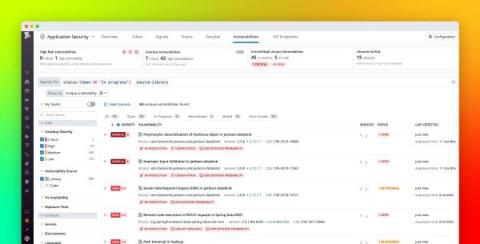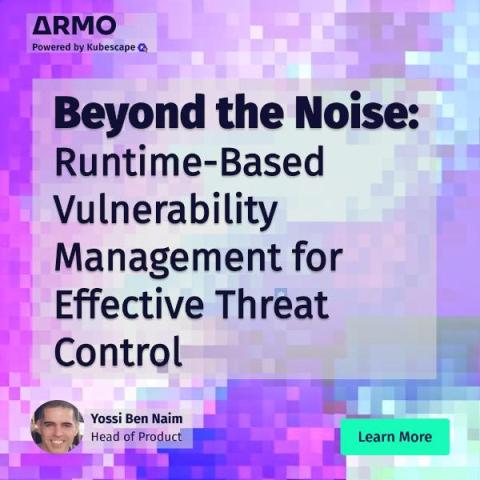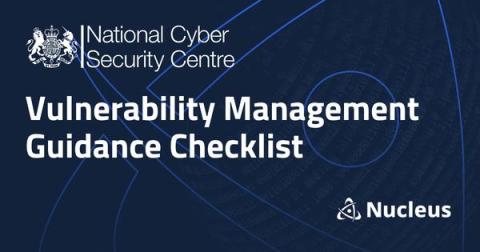What is OWASP penetration testing?
OWASP pen testing is the assessment of web applications to identify vulnerabilities outlined in the OWASP Top Ten. An OWASP pen test is designed to identify, safely exploit and help address these vulnerabilities so that risks can be mitigated before they are exploited by adversaries.











